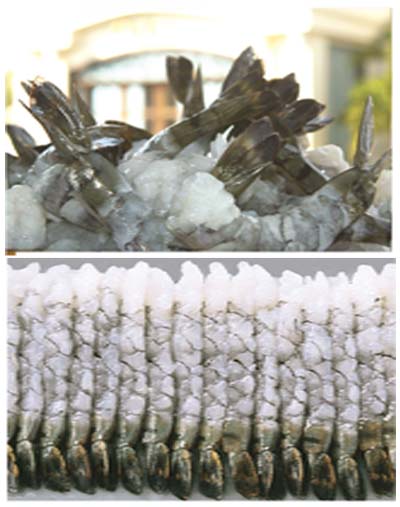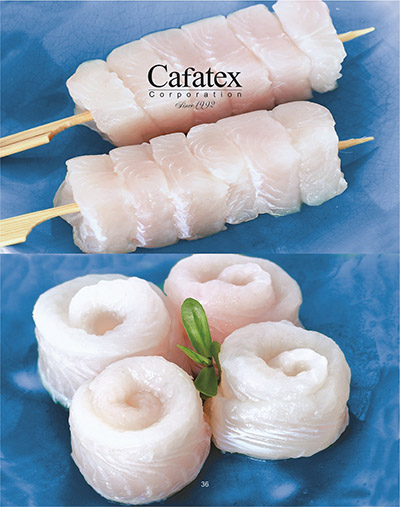
VCN- The global economy remains in difficulty, the market is narrow creating presssure on Vietnam’s exports not reaching the target of 10%. Mr Tran Thanh Hai, Deputy Director of Export-Import Department (under MOIT) spoke about Vietnam’s imports and exports in 2016.Could you tell us about the outstanding achievements of Vietnam imports and export of 2016?
If we look in a process, Vietnam’s import and export activities remains stable growth, following the pulse that we have maintained over years. Expected export turnover in 2016 is estimated to reach $US 176 billion, while import turnover is estimated to reach $US 174 billion.
Basically, we can see that export structure has still remained with industrial products of 80%, the remaining 15% is of agricultural products, 5% belongs to the group of fuels, minerals. 2016 has been not seen significant changes in exports and imports, which may happen in some sectors, but in general, it has been under good development and contributed to maintain the stability of the overal index of the economy.
Compared to the target of 10% set early in the year, the country’s exports did not achieve as expected. What do you think about the result?
Export turnover in 2016 reached about 8%, this is a strong growth compared to big countries such as China, India. With export growth declining, Vietnam’s growth rate is still considered as a positive sign.
However, compared to 10% set from the early year, it had a big gap.
Of course, besides the figures, we must recognize the value of quality behind those figures. The figures of the current export value showed good consumption of agricultural products for our farmers, created more jobs for enterprises in the industrial production sectors.
In 2017, what are the advantages and disadvantages for Vietnam’s export and import activities?
In 2017, Vietnam will have a new stage. Apart from the Trans-Parcific Parnership (TPP) which is dependent on the approval of the US, we still have the EU-Vietnam free trade agreement and the Regional Comprehensive Economic Partnership (RECEP). They are also important agreements, equivalent to TPP, and we must prepare to adjust or take advantages when those agreements come to force.
On the other hand, besides the market expansion, we must pay attention on the adjustment of the sectors where we have the advantages on the world map. For example, 5 years ago, we could not think that Vietnam would be a bright spot in the technology sector, or a mobile phone manufacturing base as it now, thus, we must define our sectors and develop what we have.
The second point is that, there is no product that Vietnam can produce from start to finish. As international economic integration takes part in the global value chain, we must accept to be a stage of a product. But the problem is that, which stage do we participate in to gain the highest profits?
The stages in the international trade which bring great value often are in distribution, branding, product development, the last stages. Other stages such as production, cultivation, breeding, processing, manufacturing also bring profits but they are usually lower, the ability to raise the value added is no more. The adjustment of restructuring of the domestic manufacturing sectors will attach closely with trade policies.
In contrast, we also see that, import activity has advantages if it meets the needs of the ecomony when our life is lacking, especially in raw materials. Imports also stimulate economic restructuring of Vietnam to choose economic sectors with the highest value added for manufacturing.
Thanks Mr. Tran Thanh Hai.
By Diệp Anh/ Kiều Oanh.




















